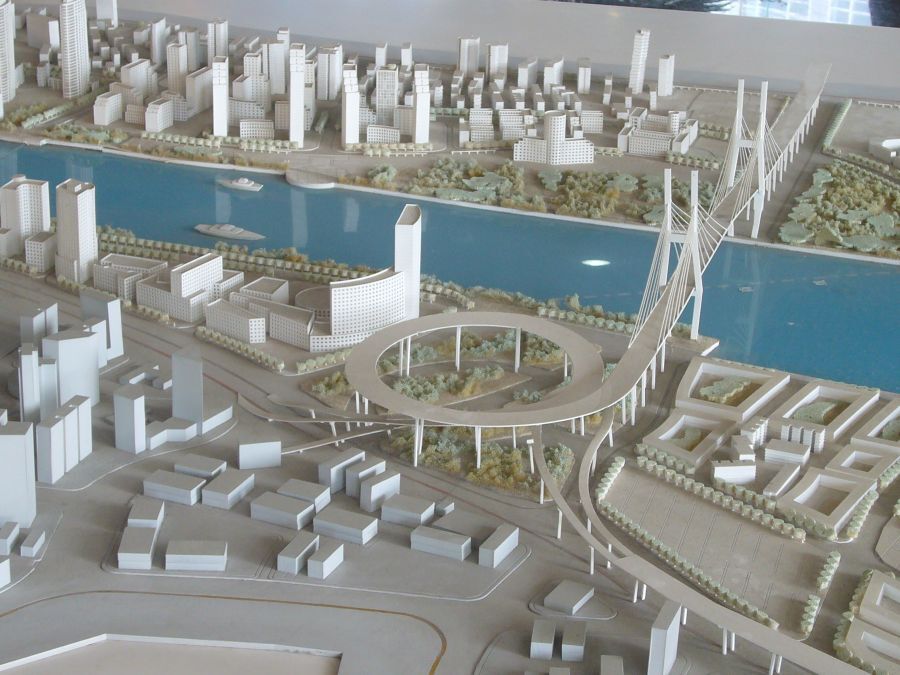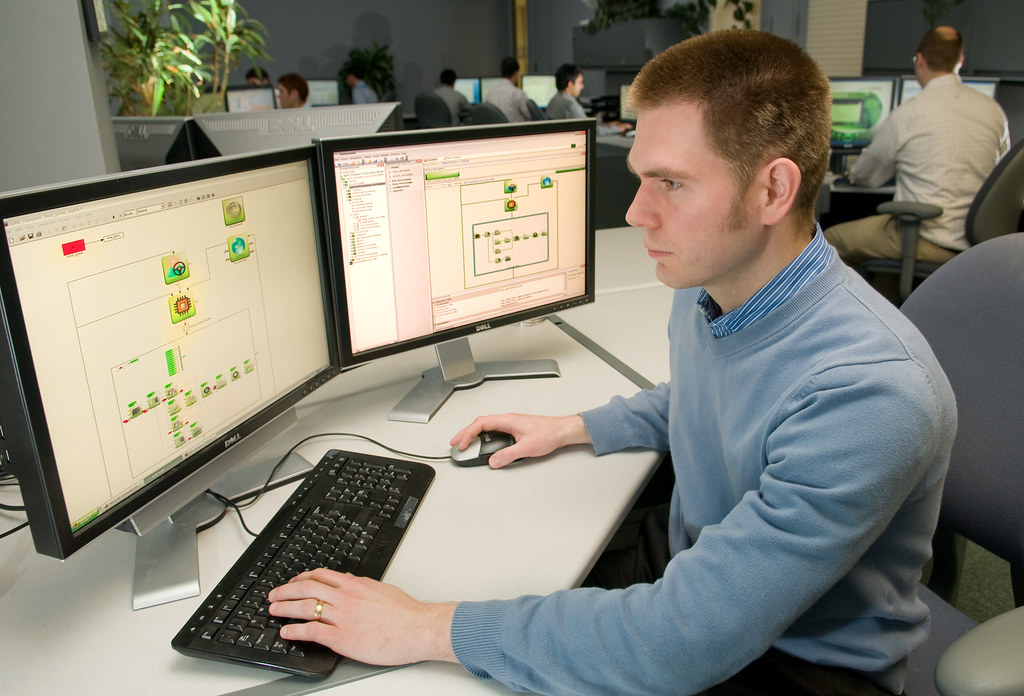
By 2025, computational design skills will be essential to urban planners who want to remain competitive and effective in their work. The United Nations estimates that more than 68% of the world population will be residing in cities by 2050, which makes the demand to find smarter, more sustainable urban planning solutions even more urgent.
Moreover, the world is fast embracing smart city projects, with governments spending billions of dollars to incorporate technology in city planning. For instance, the smart city mission in India has invested more than 7 billion dollars to build 100 smart cities by 2025, which is an indication of the increased need for planners with high digital expertise. These trends demonstrate why a professional must upskill as an urban planner with computational design skills to address modern urban challenges effectively.
Integrating data-driven and algorithm-based design approaches enables planners to optimise city layouts, infrastructure, and public spaces with unprecedented precision. This makes parametric design skills and familiarity with computational design tools indispensable in shaping the future of urban environments.
The Industry Reality You Should Know
Image: Source
Alt Text: An urban planner using a modern tool to analyse a design
The rise of smart cities in countries such as India, the USA, and the UAE is reshaping the landscape of urban planning. These projects prioritise parametric urban planning to enhance efficiency, sustainability, and livability.
- India’s Smart Cities Mission focuses on utilising computational design tools to streamline resource allocation, energy use, and traffic management.
- In the USA, cities like New York and San Francisco incorporate facade optimization and data-driven urban layouts to improve environmental performance and aesthetic appeal.
- In UAE, particularly Dubai and Abu Dhabi, uses cutting-edge computational methods are used for large-scale developments, integrating IoT and AI with urban design.
Urban planning firms involved in these projects increasingly demand expertise in parametric design skills and software, such as Rhino 3D and Grasshopper 3D. The adoption of these tools allows planners to create adaptive designs responding dynamically to environmental data and community needs. As firms adopt this technology, the value of professionals who can leverage computational design becomes clear.
The industry’s shift towards technology-led urban planning means that traditional planning approaches are no longer sufficient. Planners who lack computational design skills risk falling behind as firms seek candidates with digital proficiency to manage complex smart city challenges effectively.
Why is the Shift Inevitable?
The move towards computational design in urban planning is driven by several forces that make its adoption unavoidable:
1. Complex urban growth:
Rapid population increases, climate concerns, and limited resources demand more advanced planning methods. Computational design skills allow urban planners to model, test, and refine designs faster, ensuring they adapt seamlessly to changing population patterns and infrastructure demands.
2. Data integration:
Smart cities generate vast datasets from IoT sensors, analytics, and AI systems. With parametric design skills, planners can transform this data into precise strategies for transport, waste management, and energy efficiency, improving overall urban performance.
3. Sustainability requirements:
Meeting green building standards, net-zero goals, and environmental regulations depends heavily on facade optimization and advanced computational design tools that deliver measurable energy savings and improved environmental impact.
4. Interdisciplinary collaboration:
Modern urban projects bring together architects, engineers, and technologists. Mastering parametric urban planning enables smoother collaboration by using shared digital platforms and common design languages.
5. Career competitiveness:
Firms now prioritise candidates who can combine traditional planning expertise with digital proficiency. A professional who chooses to upskill as an urban planner with computational and parametric design expertise often commands a higher urban planner salary and more opportunities in global smart city projects.
By embracing these shifts, urban planners position themselves to lead in shaping resilient, technology-driven, and sustainable cities for the future.
The Computational Design Skills & Software Tools Urban Planners Need To Learn In 2025

Urban planners aiming to remain relevant and successful in 2025 must focus on both skill development and mastery of specific software tools that drive computational design.
Required Skills:
1. Parametric Design Skills:
The ability to create parametric designs based on parameters and rules, allowing city planners to adjust variables and automatically update the design accordingly. This skill is fundamental for dynamic urban planning.
2. Data Analysis and Interpretation:
Urban planners need proficiency in analysing spatial, demographic, and environmental data to inform design decisions.
3. Algorithmic Thinking:
Understanding and applying algorithms to automate design processes and simulate urban scenarios.
4. 3D Modelling:
Creating detailed 3D models of urban spaces to visualise and test planning concepts.
5. Facade Optimization:
Applying computational methods to design building facades that improve energy efficiency and aesthetic integration with surroundings.
6. Sustainability Assessment:
Evaluating the environmental impact of urban designs through computational simulations.
Software Tools
- Rhino 3d: A versatile 3D modelling software widely used in architecture and urban planning for creating complex geometries.
- Grasshopper 3d: A visual programming language integrated with Rhino that allows parametric design and automation of complex workflows.
- Dynamo: A computational design tool commonly used with Autodesk Revit, enabling algorithmic design and automation in building information modelling (BIM).
- CityEngine: A powerful platform for urban planning and city modelling, allowing large-scale procedural generation of urban environments.
- AutoCAD with Scripting: A widely used drafting and design software that supports scripting for automation and computational workflows.
- GIS with Parametric Extensions: Geographic Information Systems enhanced with parametric capabilities to analyze and design spatial, data-driven urban models.
Mastering these skills and tools ensures urban planners can contribute to innovative projects involving smart city concepts, sustainability goals, and advanced infrastructure planning.
In essence, the convergence of skillsets and software proficiency is central to the role of the modern urban planner, enabling them to respond to the evolving demands of urban development.
Where To Learn These Skills & Get Certified?
As the demand for computational design skills grows, finding the right educational resource is essential. One comprehensive option is the Master Computational Design Course by Novatr, which equips urban planners with the necessary skills and certifications to excel.
This course offers:
- Comprehensive Curriculum: Covering parametric design skills, computational design tools, and hands-on training in Rhino 3d, Grasshopper 3d, and Dynamo.
- Practical Projects: Real-world assignments related to urban planning and smart city development.
- Globally recognised certification: Gain credentials that enhance employability and open doors to a higher urban planner salary.
- Mentorship from industry experts: Receive guidance from architects, computational designers, and urban planners with global project experience.
- Flexible Learning: Learn at your own pace while balancing work or other commitments.
For those seeking to upskill as an urban planner, this course provides a clear pathway to mastering essential tools and techniques while increasing earning potential, reflected in the improved urban planner salary.
Conclusion
The growing complexity of cities and the global push for sustainable, data-driven solutions make computational design skills indispensable for urban planners in 2025. Smart city projects in India, the USA, and the UAE highlight the need for professionals proficient in parametric urban planning, facade optimization, and leading tools such as Rhino 3d, Grasshopper 3d, and Dynamo.
Specialised training, such as the Master Computational Design by Novatr, enables a planner to upskill as an urban planner and boost career prospects, including a higher urban planner salary. Embracing these skills ensures planners can design adaptable, efficient, and future-ready urban spaces while meeting the demands of an increasingly technology-led industry.
Visit our resource page to get started and receive expert guidance on advancing your career.
Was this content helpful to you



.jpg)




